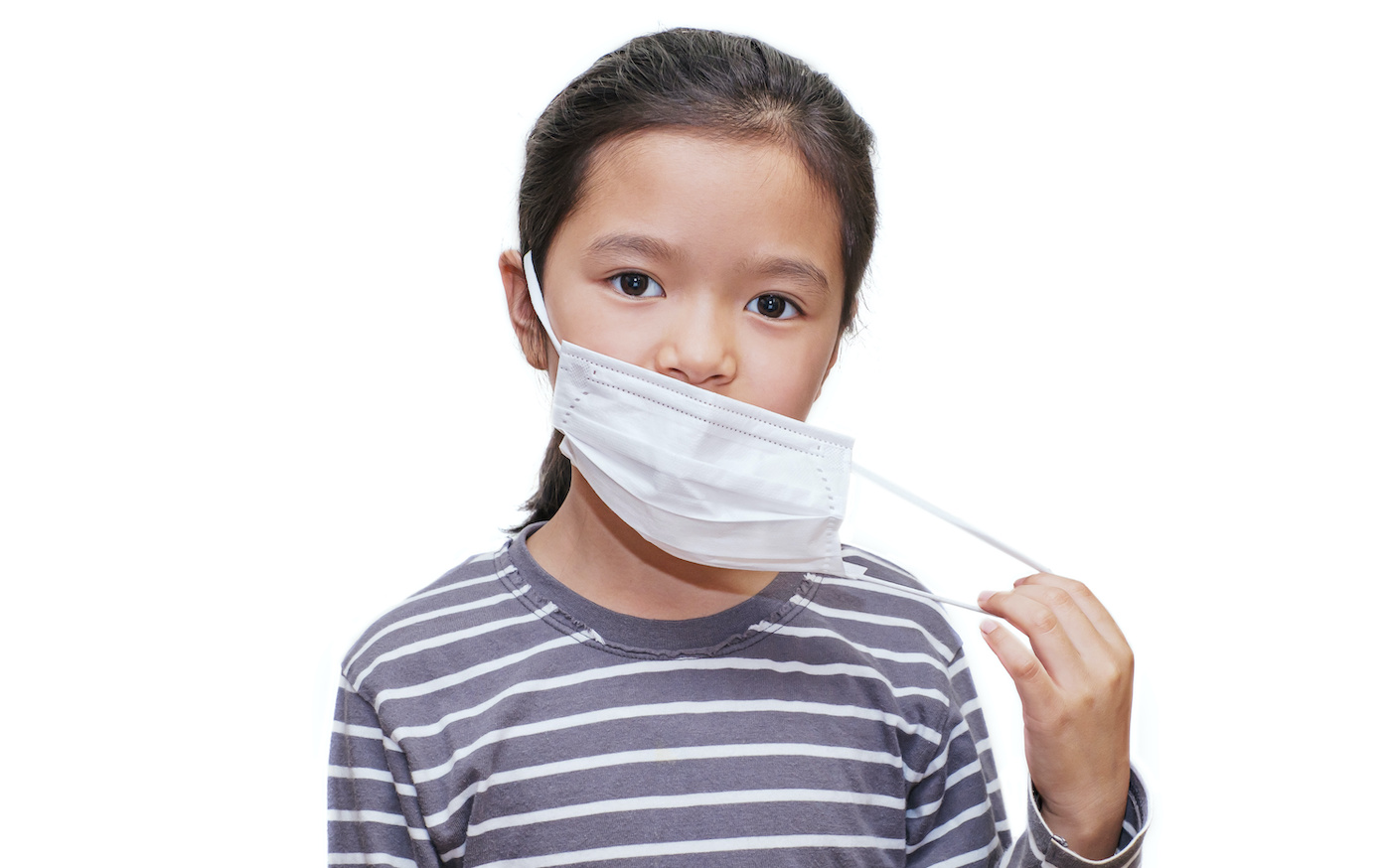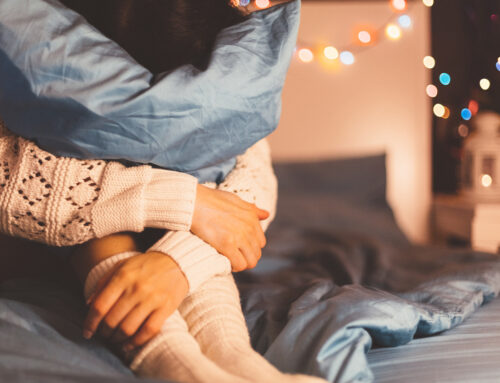It seems like nearly everywhere, masks are off. The Centers for Disease Control and Prevention, after weeks of deliberation, last week relaxed its mask guidance. Now, over 90% of the U.S. population lives in places where, per CDC guidelines, masks are no longer required.
Depending on who you are or how you look at it, this might be good news. It means that, two years into the pandemic, and following the massive omicron variant surge, our covid-19 case and hospitalization rates are low. Some people are relieved, having been counting down the days until the mask mandates were finally lifted. But the announcement of relaxed rules is coming to some as ambivalent news at best — and anxiety-inducing at worst.
Particularly affected by this change are children and teenagers. Schools are a major sphere where changing coronavirus restrictions have played out, and many states are moving to ease schoolwide restrictions, including in our own district. D.C. public schools lifted their outdoor mask mandate this week, but will keep them indoors. In Virginia, masks are officially optional in public schools. Maryland also lifted its statewide school mask mandate.
Here are some reasons why this news might be causing you and your children anxiety, as well as some mechanisms to help cope:
Masks give us extra protection from covid-19. Being in public spaces, especially indoor or crowded ones, unmasked is a new situation to many. Yes, vaccination rates are climbing, and in many places cases are decreasing. But masking up has been a major daily step to take to feel safe as the virus continues transmitting across communities. They’re also very tangible, visible ways of staying protected.
Children or their parents may be worried about losing the extra layer of protection that comes with masks, and with being around others who are masked up too. Some families with immunocompromised members may experience added anxiety about the easing mandates. This change might feel like it’s coming prematurely.
Just as you’ve made safety calculations based on what is best for you and your family through the pandemic, you may continue to do so under mask optional rules.
Masks have allowed us to hide. For people who are nervous around others, or self-conscious, face coverings were likely a welcome part of their daily routine for two years. Masks, in a way, have become like security blankets — we can feel less vulnerable with them on, and not just because of the virus.
Over the pandemic, we’ve simply become used to not seeing each other’s faces and not allowing others to see ours. We’ve been able to walk down streets more anonymously, and have had to worry little about expressions or appearances while socializing.
And think about it for kids: The youngest students have lived enormous fractions of their lives behind masks — an 8-year-old third grader, for example, has lived a quarter of their lives in a pandemic. Much of their memories socializing have likely been virtual or masked. Perhaps they don’t even know what some of their fellow classmates really look like.
Suddenly, children are now in situations where they’ll be exposing their full faces, whether they like it or not. And in some cases, that means smiles and expressions they’re insecure about. Just as many children are nervous about public speaking, now when speaking out, unmasked and in person rather than virtual, they may feel less confident and more exposed. For children and teenagers with social anxiety, this impact is compounded.
Check in with your children about these worries, and try talking through their fears with them. Learn about what makes them feel confident and what makes them feel insecure. Are they feeling overwhelmed at school given these new changes? Are they feeling insecure about any part of themselves or the school day in particular? Give them time and space to grow in their confidence at school and home. And if the anxiety is negatively affecting your child’s ability to attend or enjoy school, you may want to seek professional help.
Guidelines are constantly changing and it’s difficult to adapt. The pandemic has lasted two years already, and we’ve been forced to adapt to rapidly changing public health situations — covid-19 case surges overwhelming hospitals, the staggered release of vaccines, new variants emerging without warning. Making these quick changes and calculations add extra stress on top of an already stressful pandemic. Sometimes, public health data and guidelines seemingly conflict, and it’s been difficult to know who and what to trust. The changes can also come abruptly, with little transitional time.
Allow yourself and your children time to ease into new changes, and give yourselves grace as you figure out what works best for you.
Masking up around non-masked people might feel strange. If you want to keep wearing your mask for extra protection, it may feel different to do so now that masks aren’t the norm in some spaces. You may be nervous about being the odd one out, or about getting side glances or glares from unmasked strangers. If masking is what makes you comfortable, then remember that you are making the decision that is best for yourself. While some officials are loosening guidelines, the pandemic is by no means over, and you can use that to guide your personal precautions.
—
Official public health guidelines are being made and changed based on data sets and numbers — not the socio-emotional effects on children and adults. Keeping that in mind, remember to do what makes you feel the most comfortable. If change is what’s worrying you or your child, allow yourself space to ease into new situations. You’re resilient: You’ve done it before during the pandemic — and you can do it again.
At Georgetown Psychology, we are here to help guide you and your family through times of turbulence, change and anxiety — including through this pandemic. If you or your children are feeling outsized anxieties or apprehensions right now, do not hesitate to reach out to receive the help of a mental health professional.






